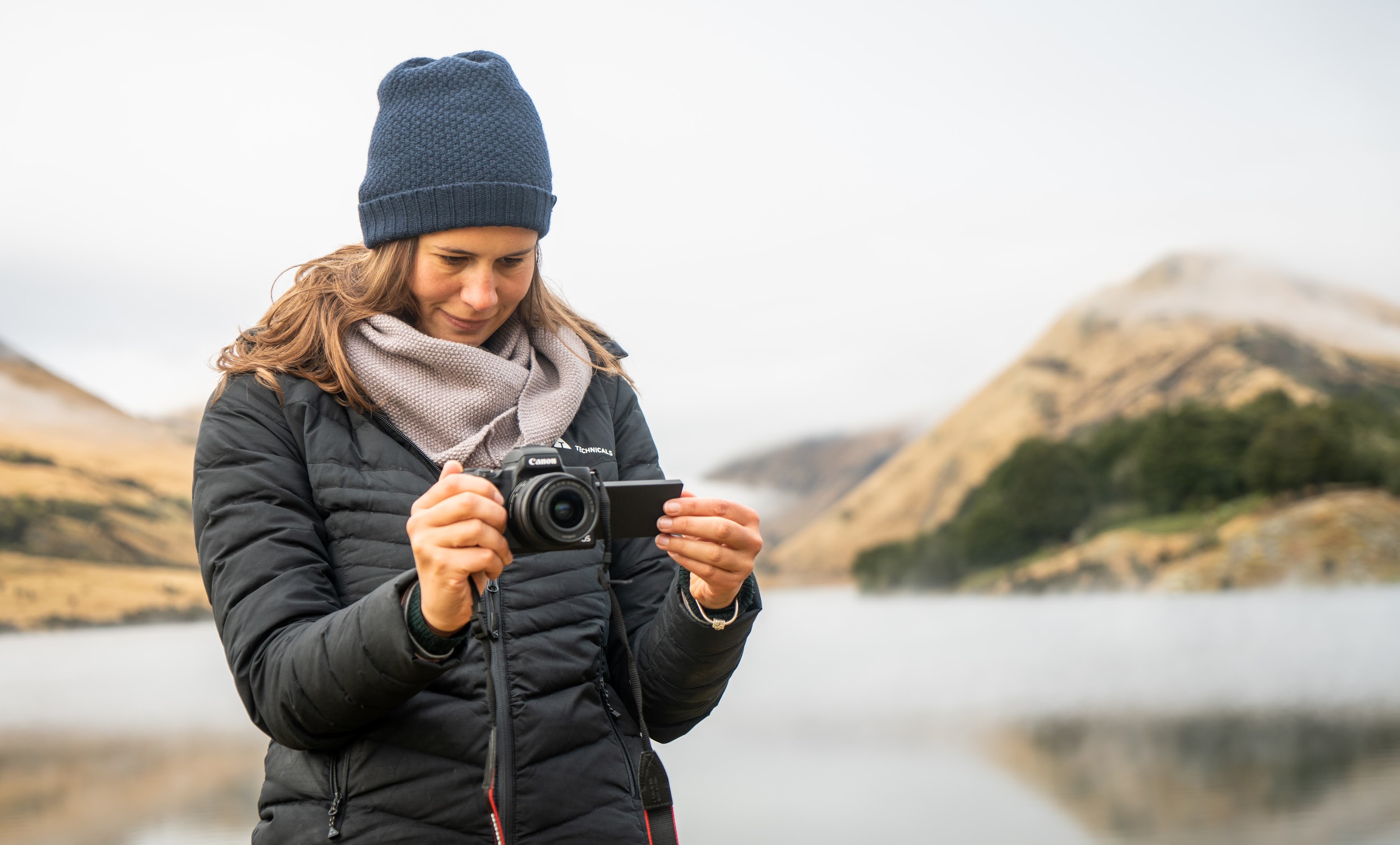Documentary filmmaking uniquely blends factual storytelling with emotional engagement, making the crafting of narratives a critical aspect of the genre. Filmmakers utilize a range of techniques to effectively convey their messages while maintaining viewers' interest. The following sections explore some of the common narrative techniques employed in documentaries, highlighting the importance of structure, character development, visual storytelling, and emotional engagement.
The Importance of Narrative Structure
A well-defined narrative structure is essential for captivating an audience in documentary films. Many filmmakers adopt the three-act structure, which consists of a setup, confrontation, and resolution. This classic format helps to organize content meaningfully, guiding viewers through conflicts and ultimately resolving them, thereby providing closure to the narrative[2][3].
The setup introduces the topic, characters, and setting, laying the groundwork for the story. The confrontation presents the central conflicts or problems that the subjects face, creating tension and engaging the audience. Finally, the resolution ties up loose ends and concludes the story, offering insights or reflections that resonate with viewers[2][5].
Humanizing Characters

One potent technique in documentary storytelling is the humanization of characters. Filmmakers strive to create emotional connections between the audience and subjects by showcasing their personal stories and vulnerabilities. By allowing subjects to share their struggles and dreams, filmmakers can highlight the depth of their characters, making them relatable and engaging[2][5].
Capturing candid moments and everyday activities can further enhance viewer connection. Visual storytelling that involves simple actions, such as cooking or interacting with loved ones, can provide a deeper insight into the subjects' lives. Authenticity is vital, as overly scripted scenes may detract from the genuine portrayal the audience seeks[2].
Utilizing Visual Storytelling
Visual storytelling is at the heart of documentary filmmaking. It is about using images and footage to express emotions, ideas, and messages beyond what words can convey. By incorporating a variety of visual elements, filmmakers can create a more immersive experience for viewers. This includes not only primary footage but also B-roll (supplementary footage that enriches the narrative) and archive footage to provide historical context[1][3].
Filmmakers often rely on symbolic and metaphoric imagery to add layers of meaning to their narratives. The choice of visuals plays a crucial role in creating an emotional atmosphere and guiding the audience's understanding of the story[4]. Additionally, various cinematic techniques such as camera angles, framing, and lighting contribute to the documentary's overall impact[4][7].
Integrating Real-Time Footage and Interviews
Real-time footage can significantly add authenticity and immediacy to a documentary. Capturing events as they happen allows for an unfiltered experience, which can enhance emotional engagement. Coupled with well-executed interviews, filmmakers can provide insights into the subjects' thoughts and feelings, enriching the narrative[3][4].
Careful curation and editing of real-time footage are essential for maintaining a coherent narrative. This footage must align with other narrative elements like interviews and voiceovers, creating a seamless and dynamic viewing experience[3][2].
Establishing Emotional Arcs
Documentaries often employ emotional arcs to keep viewers invested in the story. By showcasing the highs and lows that subjects experience, filmmakers can create relatable and compelling narratives. Key moments of tension, conflict, and resolution should be highlighted to emphasize the emotional journey of the characters[2][5].
Moreover, the combination of voiceovers and sound design can evoke emotions throughout the film, reinforcing the narrative's themes and enhancing audience engagement. For instance, poignant music or sound effects can underscore significant moments and deep emotional beats within the story[3][4][7].
Balancing Fact and Emotion
Crafting a compelling documentary narrative requires a delicate balance between presenting factual information and emotional storytelling. Filmmakers often intertwine statistics, expert interviews, and personal anecdotes to engage the audience intellectually and emotionally[7]. This blending of fact and narrative not only informs viewers but also invites them to emotionally invest in the stories being told.
Maintaining Narrative Cohesion
The editing phase of documentary filmmaking is crucial for ensuring narrative cohesion and clarity. Editors select the best footage, arrange sequences for maximum impact, and ensure that the storytelling remains consistent and engaging throughout the film. This process often involves creating montages and utilizing techniques that support the documentary's central thesis[3][5][7].
Conclusion
In the realm of documentary filmmaking, narrative techniques adapt to span a spectrum from visual storytelling to character development. The blending of emotional engagement with factual integrity allows filmmakers to construct narratives that resonate deeply with audiences. By leveraging structures like the three-act framework, humanizing characters, and employing visual and auditory storytelling techniques, documentaries can inspire, educate, and evoke profound emotional connections, ultimately transforming real-life events into compelling cinematic experiences.
Get more accurate answers with Super Pandi, upload files, personalized discovery feed, save searches and contribute to the PandiPedia.
Let's look at alternatives:
- Modify the query.
- Start a new thread.
- Remove sources (if manually added).